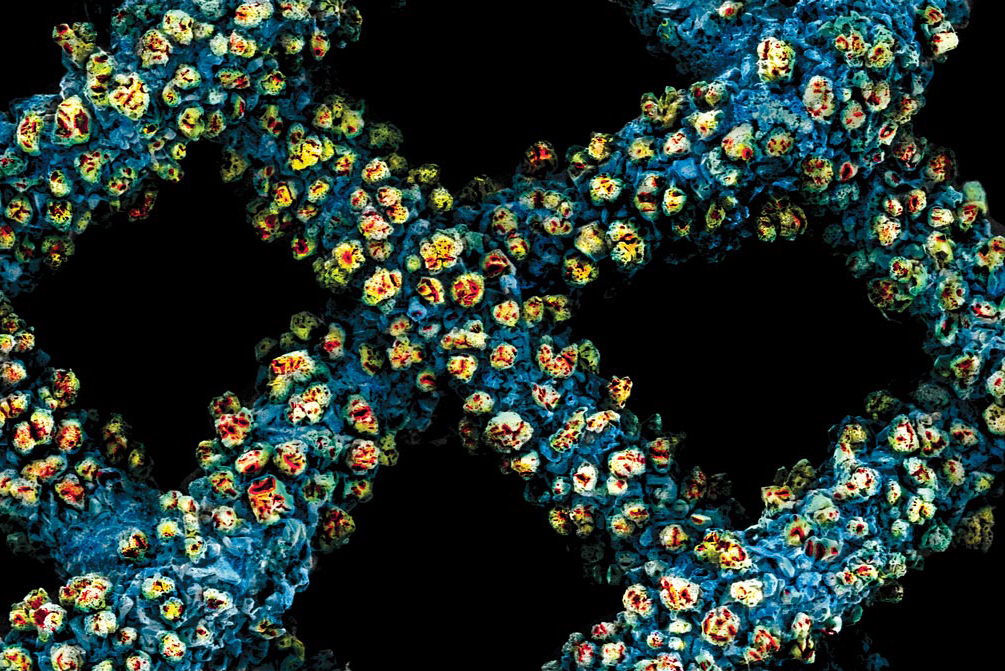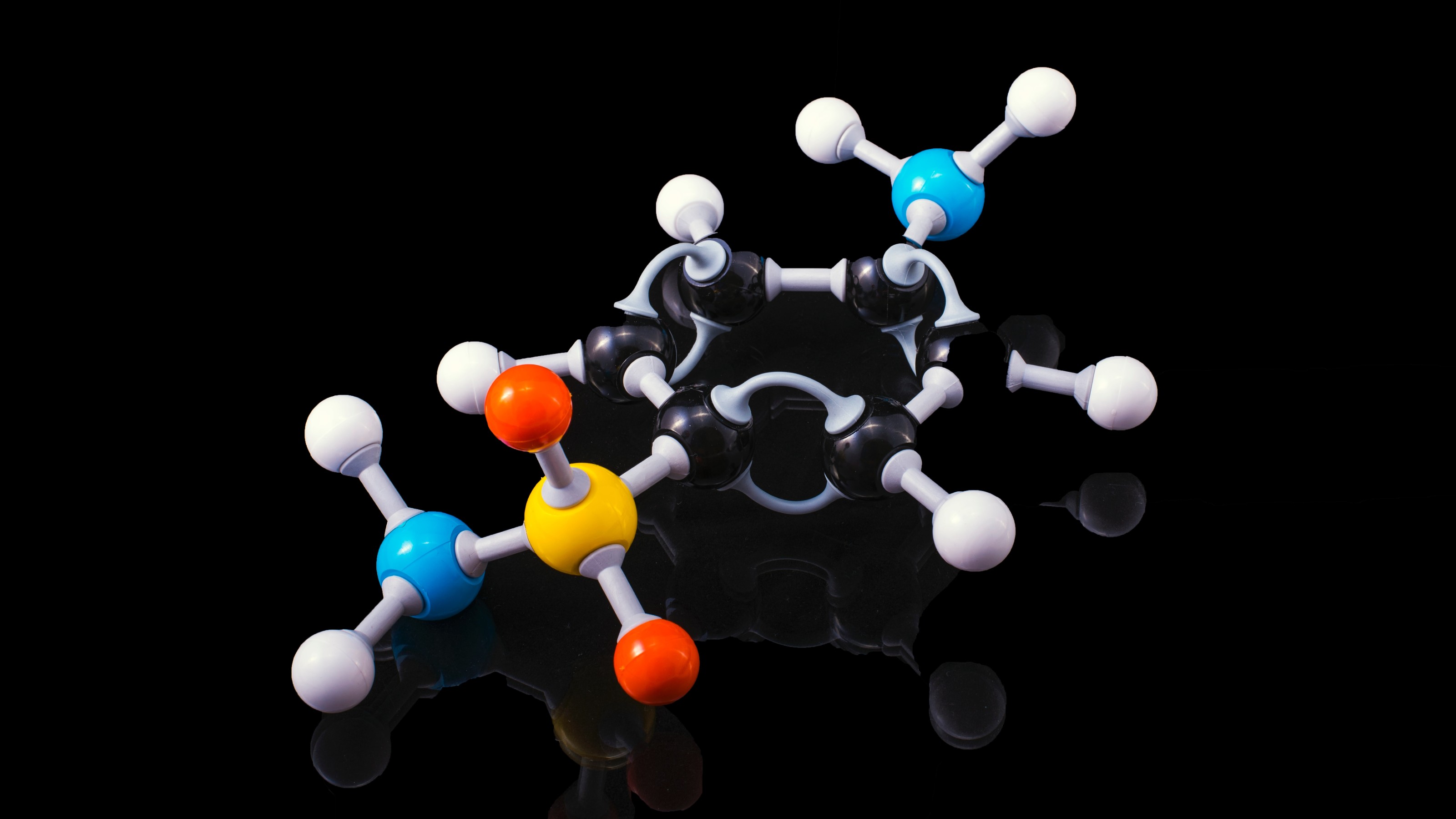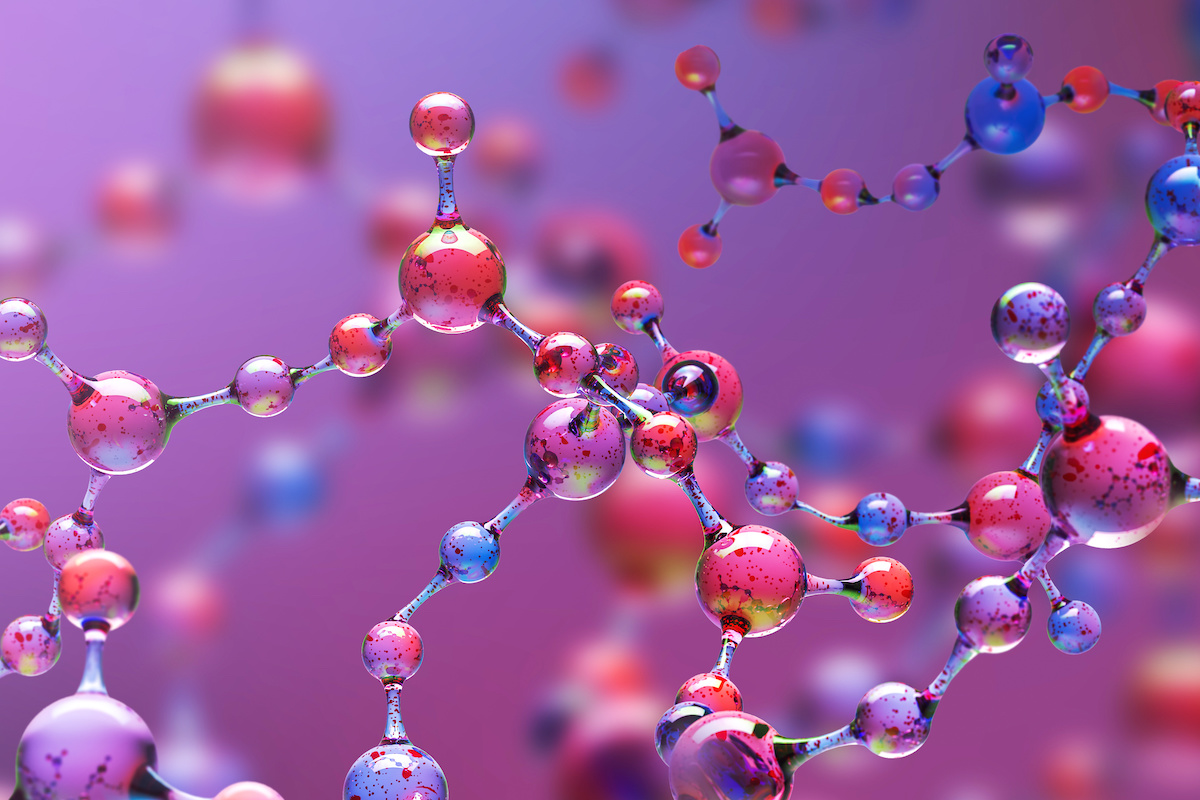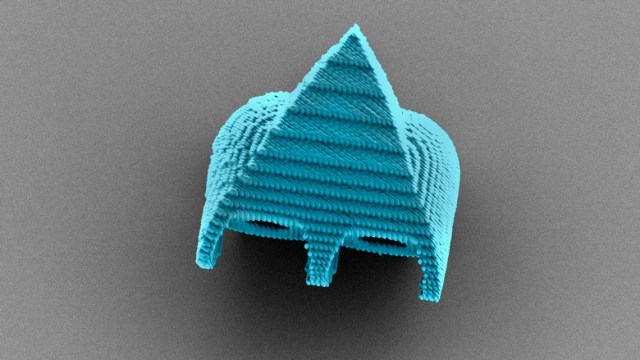2021 Nobel Prize in chemistry rewards game-changing work on molecular manipulation

- The Swedish Academy awarded the 2021 Nobel Prize in chemistry to two chemists who independently but simultaneously discovered a new way to catalyze chemical reactions.
- This process, called asymmetric organocatalysis, uses organic molecules like carbohydrates and amino acids instead of metals and enzymes.
- Compared to metal and enzymes, organocatalysis is easier, cheaper, and much safer for both people and environment alike.
The Swedish Academy of Sciences awarded the 2021 Nobel Prize in chemistry to Benjamin List and David MacMillan. The chemists, born and raised in Germany and England, respectively, developed an easier, safer, and more sustainable way to cause and manipulate chemical reactions, providing a helping hand to research projects around the world.
Similar to the physiologists David Julius and Ardem Patapoutian, who won this year’s Nobel Prize in medicine for their monumental breakthroughs in the study of human sensory perception, Dr. List and Dr. MacMillan worked independently of one another, publishing their almost identical findings in separate academic journals around the same time.
The method that Dr. List and Dr. MacMillan proposed in their articles, both of which were published in the year 2000, is now referred to as asymmetric organocatalysis. Although this will be explained in greater detail momentarily, asymmetric organocatalysis refers to the process of causing chemical reactions using organic molecules as your catalyst, a role that was previously filled by metals and enzymes.
While Dr. List and Dr. MacMillan’s work had a huge impact on research projects around the globe, its significance was hardly noticed by the public. But armed with a more precise measuring tool, laboratories and pharmaceutical companies were able to produce chemically sound medication on a massive scale. As National Institutes of Health director Jon Lorsch put it, molecular engineering had suddenly become like carpentry.
Benjamin List: catalysis with amino acids
The history of molecular manipulation, at least as it relates to the work of Dr. List and Dr. MacMillan, begins in 1835 in Sweden. This was the year that the chemist Jacob Berzelius discovered you could start, speed up, slow down, and even end chemical reactions simply by adding a specific substance to the mix. Research into building and breaking compounds soon began, eventually enabling the production of plastics and pharmaceuticals on a global scale.
But as the industry that was built upon molecular manipulation was evolving, our command and understanding of it remained unchanged. For decades, researchers assumed that reactions could only be kickstarted through metal or enzymes — materials that are costly, labor-intensive, biohazardous, and environmentally unfriendly.
This is where Dr. List and Dr. MacMillan come in. Working at the Scripps Research Institute (the same where Dr. Patapoutian is currently employed) alongside the institute’s late founder Carlos F. Barbas III, Dr. List stumbled upon an old and seemingly overlooked research paper discussing whether proline, a simple and organic amino acid, could be used as the catalyst for a chemical reaction. When Dr. List attempted to repeat the experiment on carbon atoms, the reaction occurred and succeeded.
Once it became clear that small concentrations of carbohydrates and amino acids could catalyze chemical reactions just as well, if not slightly better than, the messy metals and cumbersome enzymes, the world of chemistry would never be the same again. Organic molecules, called such because they make up all living organisms, provided a number of advantages that made the lives of researchers easier and kept the general population safe.
David MacMillan: a more sustainable alternative
Compared to metals and enzymes, using organic molecules as catalysts is easy. “The laureates have developed a truly elegant tool,” said Pernilla Wittung-Stafshede, who sits on the Nobel Committee for Chemistry, “simpler than one could ever imagine.” According to the New York Times, Dr. List and Dr. MacMillan made molecular manipulation so accessible it led to an academic gold rush, with more people – and money – throwing their hats in the ring every month.
When asked what the discovery of asymmetric organocatalysis has done for their work, well-known researchers reply with enthusiasm. One member of the Nobel Committee, Peter Somfai, used the analogy of a chessboard. “You can think about the game in a different way,” he stated. H.N. Cheng, the president of the American Chemical Society, concurred, saying Dr. List and Dr. MacMillan have “opened up the board. Now it is up to you to play the game.”
“Why did no one come up with this simple, green and cheap concept for asymmetric catalysis earlier?” the Nobel committee wrote. “This question has many answers. One is that the simple ideas are often the most difficult to imagine.”
Organic compounds are not just easy to use, they are also clean and relatively untaxing on the environment. Two years before Dr. MacMillan published his award-winning research, he was studying asymmetric catalysis in metals at Harvard University. In many ways, his time at Harvard was the impetus for his research into organocatalysis. Seeing how expensive metal was to acquire, not to mention the difficulties in maintaining it, Dr. MacMillan began thinking of a better way.
Switching over to the University of California, Berkely, Dr. MacMillan developed his asymmetric organocatalysis as a durable alternative to metals and enzymes. This was possible only because organic compounds can temporarily accommodate electrons like metals. However, they neither have to mined nor carefully stored.
The road to absolute certainty
Asymmetric organocatalysis is more precise and, as a result, safer. You don’t need to be a seasoned chemist to know that chemistry is difficult; every student who has taken an intro class in high school or college knows how challenging the work — i.e. tinkering with matter on the most microscopic of levels — can be. It requires uncompromising precision.
Before Dr. List and Dr. MacMillan made their breakthrough, chemists were simply incapable of manipulating molecules with an absolute degree of certainty. This is because many organic molecules come in two different versions: the so-called left- and right-handed version. These two versions are more or less mirror images of each other, except for one crucial modification to their structure.
Although these modifications are miniscule, they can have noticeable effects. A best-case scenario is the molecule limonene, the left- and right-handed versions of which smell like orange and lemon, respectively. A worst-case scenario is thalidomide, where one side protects you from skin diseases and the other causes severe birth defects in unborn children.
Prior to the discovery of asymmetric organocatalysis — which is called “asymmetric” precisely because it is able to target one specific version of a molecule when building or breaking compounds — any research projects that involved molecular manipulation had to hope their metal and enzyme catalysts were creating the right variations. Slip ups were rare, but they were also deadly and by no means unavoidable.





